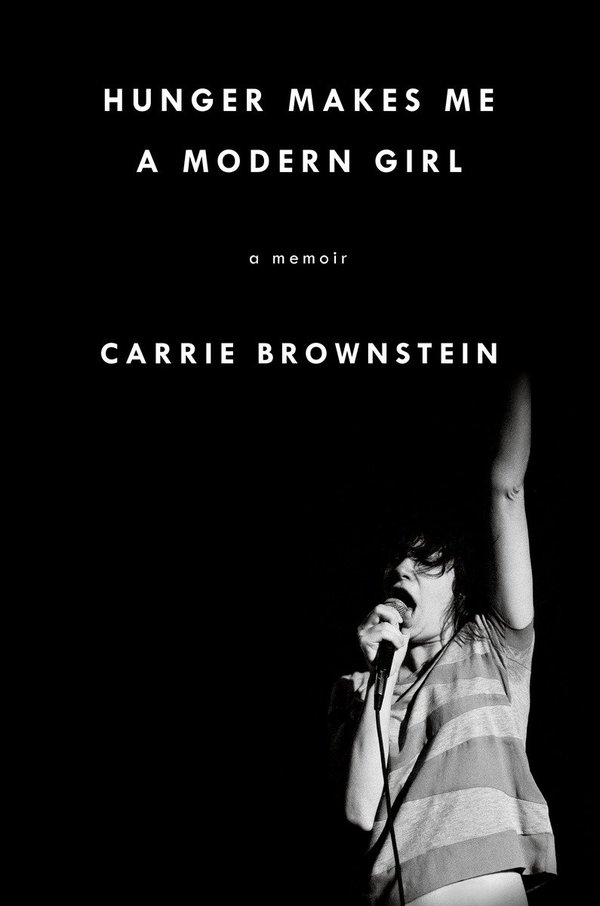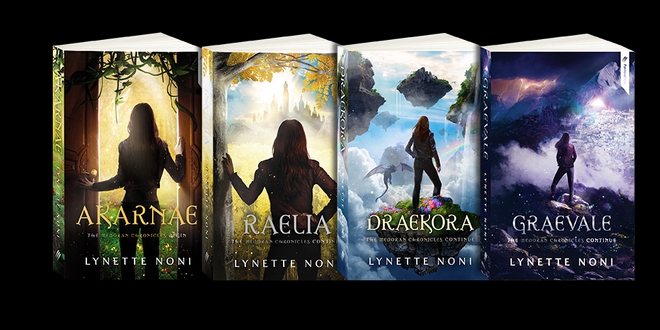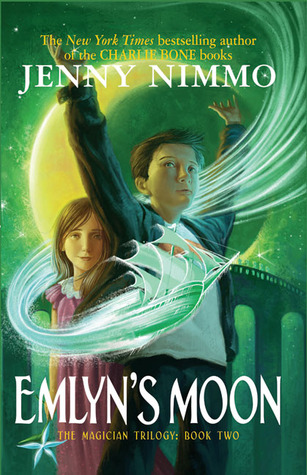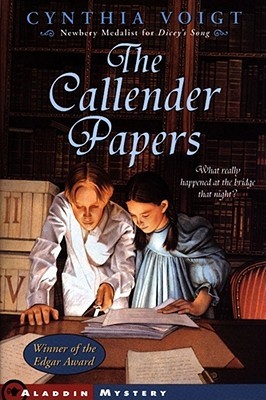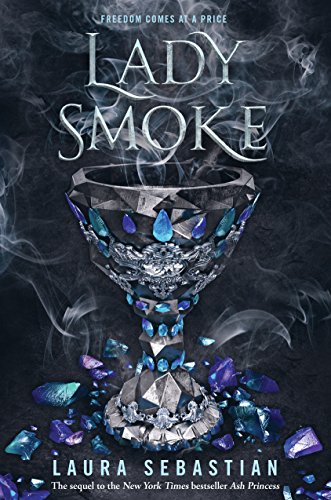I’d been meaning to read Carrie Brownstein’s music memoir ever since it came out. What finally compelled me to make some much-needed room in my daily schedule for a little leisure reading was Emma Watson’s Goodreads book club, Our Shared Shelf – which, incidentally, is also something I’d been meaning to get on board with. Hunger Makes Me a Modern Girl was the July/August pick for the club, so I decided to cross two things off my list in one go.
I don’t know if I consider myself a fan of Sleater-Kinney anymore, but like most unruly teenagers, I had a punk rock phase where I considered their music gospel. Regardless, I will always have immense respect for their contribution to the riot grrrl movement and to contemporary feminism in general. If you’re a fan of Portlandia looking for the hilarious comedian aspect of Carrie, you might be disappointed with the memoir. In this book, you will see the Carrie Brownstein of Sleater-Kinney and perhaps understand how she came to be the Carrie of Portlandia. Nonetheless, the book is elevated by her candid, genuine, indulgent, and remarkably self-aware voice.
“While Corin and I shaped the world of Sleater-Kinney from the inside, conspiratorially, as if from a bunker, Janet was able to see the bigger picture, translating the secret handshake into a more universal greeting.”
The title “Hunger Makes Me a Modern Girl” comes from the band’s popular song “Modern Girl.” It starts off a bit slow, but the pace picks up when Sleater-Kinney comes into the picture. The book gives you a vivid look at the ’90s riot grrrl scene like no other memoir has. Even though my punk rock days are behind me – a time I associate with my cringe-worthy scene hairstyle, months of hanging out in my friends’ stuffy attic jamming for a band that never left the room, and excessively black clothing – it reminded me why I felt drawn to the culture to begin with. It gave me a sense of reminiscent nostalgia.
“This is what it is to be a fan: curious, open, desiring for connection, to feel like art has chosen you, claimed you as its witness.”
I’ve seen several people describe this book as “overwritten,” but I don’t think that’s true at all. However, I did feel like the book has a skewed sense of chronology; perhaps it lacks architecture. But it wasn’t bothersome enough to spoil the experience for me. In the beginning of the book we learn about Carrie’s uncomfortable childhood in Redmond, Washington, and where her need to perform stems from. A good chunk of it takes place in Olympia, a city famous for being the place where Kurt Cobain lived for a while and wrote Nirvana’s Nevermind. Olympia, in the ’90s, was also a subversive cauldron for the riot grrrl movement which included not just Sleater-Kinney but also other significant bands such as Bikini Kill. At this point in the book, I was thrilled to see mentions of indie bands that I love as Carrie interacted with them throughout her journey. It was a bit absurd to see brilliant musicians like Jack White or the members of Sonic Youth mentioned so casually.
“An audience doesn’t want female distance, they want female openness and accessibility, familiarity that validates femaleness.”
Having said that, if you’re looking for voyeuristic thrills or dirt on the musicians from the scene, this book may not be for you. Carrie does not dish. She talks about the unglamorous reality behind touring, the struggles and self-loathing she faced even as the world saw her as a successful musician, and how, ultimately, the music is all that matters. Sleater-Kinney wasn’t Nirvana or the Sex Pistols. There are no drug-addled misadventures to expose or relationship scandals to look out for. This book represents a more intrinsic aspect of being a musician – a more gritty and stark reality. Appreciate it for the throwback to the riot grrrl scene, for the unapologetic representation of a band with a message, for the austerity of a broken family, and for the stubborn determination and introspection of a young, hungry girl.


